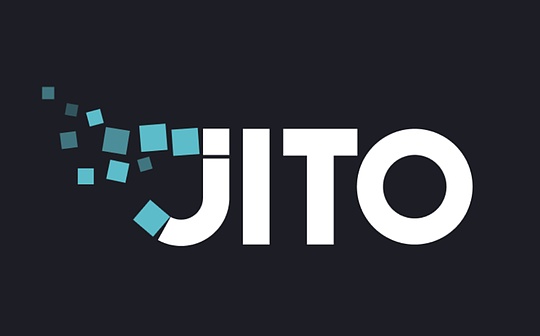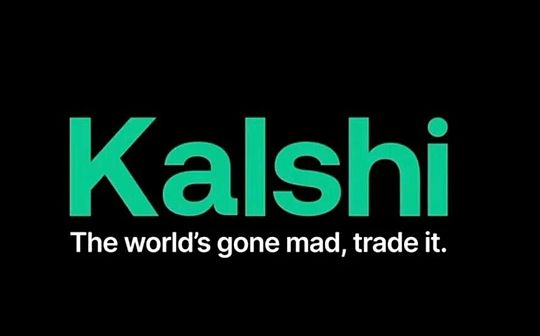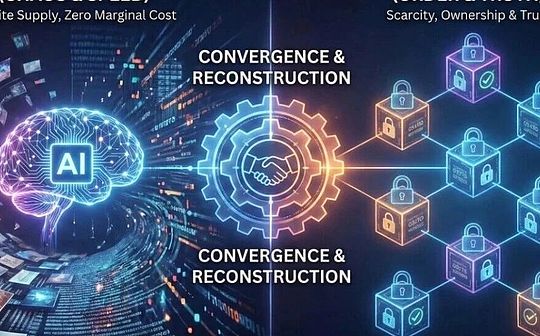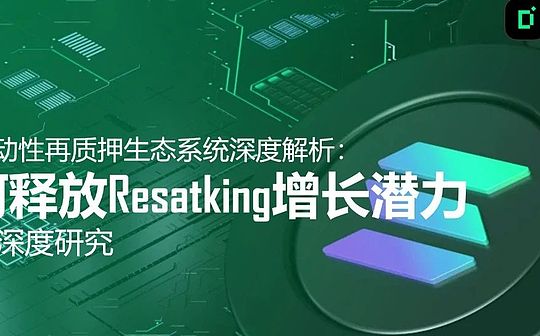
Source: WEB3 study by GO2MARS
Preface
With the release of Jito’s liquidity re-staking infrastructure and Binance Labs’ investment in Solayer, Solana’s re-staking ecosystem is ushering in the early stage of its development, while Solana’s pledge rate is only 6%, far lower than Ether.28% of the market indicates huge growth space in the future.
In this article, we will explore the unique characteristics of the Solana liquidity restaking ecosystem and compare it with Ethereum’s corresponding ecosystem while tracking its development process.We will explore how to use NX Finance to achieve different profit strategies in the development of the Solana restaking ecosystem.

Unlock liquidity re-pled, a new chapter in Solana’s ecological narrative
The re-staking mechanism was introduced by Ethereum eco-star project Eigenlayer, which allows Ethereum’s staking ETH or LSD tokens to be used again to participate in active verification service (AVS) verification, thus solving the problem of the AVS network attracting stakeholders and establishing a trust network.Through the restake function, EigenLayer provides an environment where AVS can build a trust network based on the liquidity recruited through EigenLayer, while providing restakers with the opportunity to participate in AVS network verification and earn additional verification rewards.
AVS under the Eigenlayer framework mainly maintains off-chain networks and uses basic chains (Ethereum in EigenLayer) to establish security consensus through slashing or on-chain verifiable proof mechanisms.Examples of these services include cross-chain bridges, shared sequencers, oracle networks, etc. They do not run directly on the main chain, but serve as supplementary systems, using the security of the main chain to enhance their own trust and verification capabilities.We call this type of AVS exogenous AVS.
However, in the Solana ecosystem, the AVS that re-staked ecosystem is mainly used to support dapps on the ecosystem. In addition to providing economic security consensus, it also provides more blocks to dapps based on Solana’s swQoS (stake-weighted Quality of Service) mechanism.Space and priority transaction packaging rights.We call this type of AVS endogenous AVS (e-avs).
The swQoS mechanism is a resource allocation model in the Solana network, which allocates network resources, such as block space and transaction processing capabilities, based on the number of tokens pledged by the verifier’s Solana network.In the Solana blockchain, this mechanism allows validators with more stakes to obtain more network transmission rights, thereby improving network security and efficiency.For example, a validator with a higher staking ratio, such as 2%, has greater capacity and higher priority when submitting a transaction than a validator with a lower staking ratio, such as 0.2%.This mechanism can effectively reduce spam transactions in the Solana network, which not only improves the security of the network, but also improves the reliability of transactions.
After dapp creates its own e-avs, it can add various incentives to absorb Solana in its hands and then pledge it into the verification node, thereby improving its influence in the network and obtaining transaction priority packaging rights and block space resources.
Early ecology, practice of liquidity re-pled projects on Solana
In the rapidly growing Solana restaking ecosystem, projects like Jito, Solayer and Fragmentric are actively preparing to launch or have launched their liquid staking tokens.It is particularly worth mentioning that since its launch, Solayer has attracted 1.13 million Solana tokens to participate in the re-staking process and performed well.
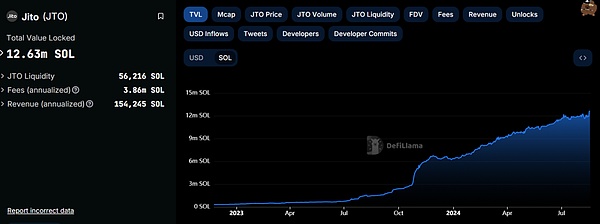
Jito has developed a highly modular re-staking infrastructure for any SPL-20 token, similar to Symbiotic in the Ethereum ecosystem, focusing on providing customized security models.As the leading liquidity pledge agreement on Solana, Jito’s vault holds more than 12 million SOLs through JitoSOL’s liquidity pledge vault.Capital inflows have accelerated significantly since the announcement of the restake infrastructure, and some projects have integrated this innovative solution, such as Ethereum’s Renzo and Solana’s Squads, which launched their native liquidity restake tokens on Solana..
Solayer supports dapps to create its own e-AVS and apply the pledge weight service quality (swQoS) mechanism to provide dapps that have strong demands on transaction validity and provide transaction space and transaction priority for transactions.Powerful means.Since the deposit function was opened two months ago, the number of Solana tokens pledged on the Solayer platform has exceeded 1.15 million.

Fragmentric is a liquidity re-pled project that has not yet been officially launched.The project founder comes from the Madlads community of Solana OG community. It will subsequently release its liquidity and re-stake Solana $fragSOL, and we will continue to follow its development.
How to get various benefits from the Restaking ecosystem through NX Finance
As mentioned earlier, liquid re-staked tokens on Solana are about to become an important source of income assets.In order to attract more Solana tokens to be used for restaking and thus promote the growth of its projects, dapps compete for users’ Solana tokens by providing incentives such as points that can be redeemed for airdrop tokens in the future or direct cash rewards.This creates more assets with embedded yields in the Solana ecosystem.
As a revenue layer in the Solana DeFi structure, users can execute different strategies on different assets in NX Finance according to their risk preferences.
For interest-generating assets, NX provides a strategy called Fulcrum where lenders deposit stable assets into a pool, while borrowers borrow stable assets to buy target assets that want leverage returns.Under this strategy, high-risk-favored borrowers leverage their income, while low-risk-favored lenders use stable assets to obtain interest from it.
For points mining, NX’s Gold Mining strategy allows borrowers to pledge assets, borrow to increase their airdrop points, and deposit them in the target agreement for rewards.Lenders earn interest from these loans, providing risk-free profits.It caters to different risk preferences, allowing low-risk bearers to obtain leveraged pledge interest, while high-risk seekers can maximize their airdrop positions, providing a flexible strategy that simultaneously enables risk redistribution in the time dimension.
Since its launch, NX Finance has obtained a total TVL of 15m through JLP-like assets, and the team is actively expanding its ecosystem and connecting to more high-quality assets in the Solana ecosystem. The sSOL Pool will be launched soon.In the next wave of Solana’s restaking, we can expect NX to perform in it.

